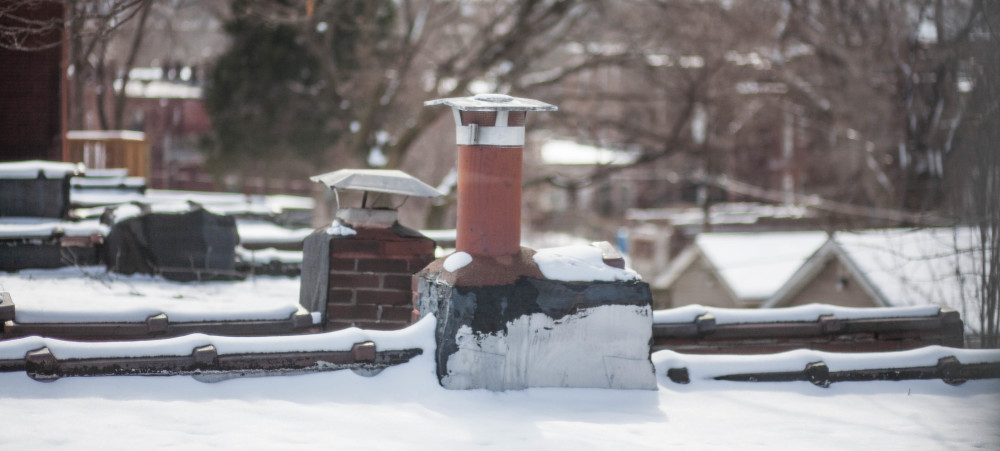Valerie Strauss has struck a hopeful note in her post today about the reinstatement of Teresa Sullivan as President of the University of Virginia. But the victory, if there has been one, isn’t exactly a victory of the 99 percent, as Strauss suggests; though she is right to point out that without the pressure generated by powerful constituencies within the univrsity the board would likely have had its way. Indeed at many large public universities of today a board that fired the university president would not be seriously challenged. When the Chancellor of the University of North Texas, my former employer, forced the resignation of popular president, Gretchen Bataille, in 2010, the regents stonewalled, though the story was well reported on campus and off. No significant opposition developed, and the next issue of the UNT alumni magazine carried a nice photo of Bataille together with a story commending her service to the institution.
This is how such things are usually done, with plenty of hypocrisy to go around. What is remarkable at Virginia is that a president who respected the institution’s history of shared governance was willing to put her career and her reputation on the line in its defense and was in the end rescued by the very shared governance she understood and defended. It’s a sad fact of life in many universities now, both public and private, that shared governance has never existed or has been intentionally destroyed by corporatization. An acquaintance who is an employment lawyer is fond of saying that many universities are modeling themselves after the worst for-profit corporations. This is not to say that universities aren’t businesses, but it is to say that universities, as businesses, are different from for-profit corporations in that they may not put mission aside in pursuit of institutional advancement.
But the temptation to put mission aside is not uniquely felt by university administrators. Faculty careerism and self-preoccupation also impede mission in a time like the present when all universities, except perhaps the very richest of them, are scrambling for resources and constantly attempting to do more with less. Tim Burke’s blog today features a thoughtful piece full of helpful suggestions for faculty in institutions where shared governance allows them to participate in the making of budgets and the allocation of resources. One of Tim’s suggestions to his colleagues is “Teach more, research less. I will now be entering the Witness Protection Program.” It’s a mournful fact that in many universities, as opposed perhaps to liberal arts colleges with strong teaching traditions, professional faculty disdain teaching and the burden of instruction is carried by graduate students and part-timers, who are looked down upon as the academic lower class; though in many institutions, part time, informal personnel make up the great body of the teaching faculty. This point has been made forcefully over the past twenty years by Marc Bousquet, most recently in How the University Works: Higher Education and the Low Wage Nation.
Cary Nelson’s preface to Bousquet’s book hopefully envisions a brighter future through “theory.” That doesn’t seem very likely to me, nor does the possibiility of a solidarity movement on campus. Unions generally are worse off than universities. The fact that Ward Churchill has recently been the AAUP’s poster child for academic freedom is unhelpful. I think the plight of universities, like many other present social ills, is being driven in part by our disfunctional politics; but I also think universities and those who represent them in the public sphere are often their own worst enemies. As I read the comment threads attached to various news stories about UVA over the past couple of weeks, I’ve been struck about how much wrong information about universities is out there. Much of this stuff comes from ill-informed popular media accounts; but a significant amount of it comes from sources “within the academy.” Perhaps UVA will be a laboratory not only for some fresh thinking about “what is to be done” but also an opportunity for some good, honest reporting. Both things might help to decenter some of the mythology in circulation about higher education.
